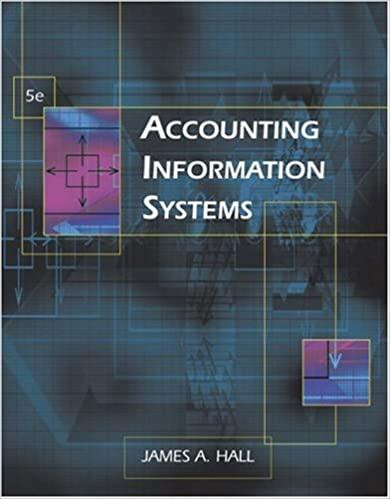| Taxable income in 2013 was $1.2 million, and the 2013 tax was $408,000. The corporation earned its 2014 taxable income evenly throughout the year. Therefore, it does not use the annualization or seasonal methods. The corporation made $941,000 of estimated federal tax payments for 2014. Officers (Form 1125-E, Schedule G): The corporation has three officers: Mary Travis (SSN 123-45-6789), John Willis (SSN 987-65-4321) and Chris Parker (SSN 456-89-1234) that all work full-time. Their salaries are $287,000, $175,000 and $175,000 respectively. In addition, they own 50%, 25% and 25% of the common stock respectively. The corporation has not issued any preferred stock. Inventory and Cost of Goods sold (Form 1125-A): The corporation uses the periodic inventory method and prices its inventory using the lower of FIFO cost or market. Only beginning inventory, ending inventory, and purchases should be reflected on Form 1125-A. No other costs or expenses are allocated to cost of goods sold. Note: the corporation is exempt from the uniform capitalization (UNICAP) rules because average gross income for the previous three years was less than $10 million. There was no changes to measuring inventories nor where there any write-downs. Organizational Expenditures: The corporation incurred $14,000 of organizational expenditures on January 2, 2010. For book purposes, the corporation expensed the entire expenditure. For tax purposes, the corporation elected under Sec. 248 to immediately expense the maximum amount in 2011 and amortized the remainder (with a full months amortization taken for January 2011). The corporation reports this amortization in Part VI of Form 4562 and includes it in Other Deductions on Form 1120, Line 26. Capital Gains and Losses: The corporation sold 100 shares of PDQ Corp. common stock on October 8, 2014, for $200,000. The corporation acquired the stock on December 15, 2013, for $140,000. The corporation also sold 75 shares of JSB Corp. common stock on June 18, 2014, for $168,000. The corporation acquired this stock on September 18, 2012, for $180,000. The basis of the stock was reported to the IRS on both transactions. The corporation has a $15,000 capital loss carryover from 2013. Fixed Assets and Depreciation: For book purposes: The corporation uses straight-line depreciation over the useful lives of assets as follows: Store building, 50 years; Equipment, 15 years (old) and ten years (new); and Trucks, five years. The corporation takes a half-years depreciation in the year of acquisition and the year of disposition and assumes no salvage value. The book financial statements (above) reflect these calculations. For tax purposes: All assets are MACRS property as follows: Store building, 39-year non-residential real property; equipment, seven-year property; and trucks, five-year property. The corporation acquired the store building for $2 million and placed it in service on January 2, 2011. The corporation acquired two pieces of equipment for $300,000 (Equipment 1) and $600,000 (Equipment 2) and placed them in service on January 2, 2011. The corporation acquired the trucks for $280,000 and placed them in service on July 18, 2012. The trucks are not listed property and are not subject to the limitation on luxury automobiles. The corporation did not make the expensing election under Sec. 179 or take bonus depreciation on any property acquired before 2014. On October 16, 2014, the corporation sold for $320,000 Equipment 1 that originally cost $300,000 on January 2, 2011. The corporation had no 1231 losses from prior years. In a separate transaction on October 17, 2014, the corporation acquired and placed in service a piece of equipment costing $2.2 million. Assume these two transactions do not qualify as a like-kind exchange under Reg. 1.1031(k)-1(a). The new equipment is seven-year property. The corporation made the 179 expensing election with regard to the new equipment but elected out of bonus depreciation. Where applicable, use published IRS depreciation tables to compute depreciation. Other Information: The corporations activities do not qualify for the U.S. production activities deduction. Ignore the AMT and accumulated earnings tax. The corporation received dividends from taxable, domestic corporations, the stock of which Melodic Musical Sales, Inc. owns less than 20%. The corporation paid $98,000 in cash dividends to its shareholders during the year and charged the payment directly to retained earnings. The state income tax in the income statement is the exact amount of such taxes incurred during the year. The corporation is not entitled any credits Ignore the financial statement impact of any underpayment penalties incurred on the tax return Required: Prepare the 2014 corporate tax return for Melodic Musical Sales, Inc. along with any necessary supporting schedules. Do not prepare Schedule M-3, but instead complete Schedule M-1 on the Form 1120. Do not prepare Form 2220 and assume there is no estimated tax penalty. | 





